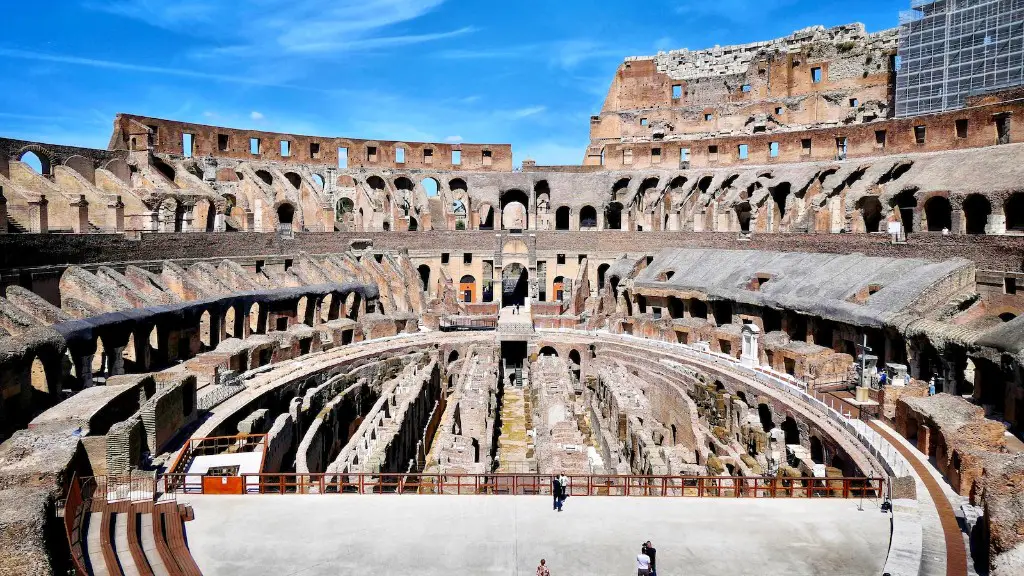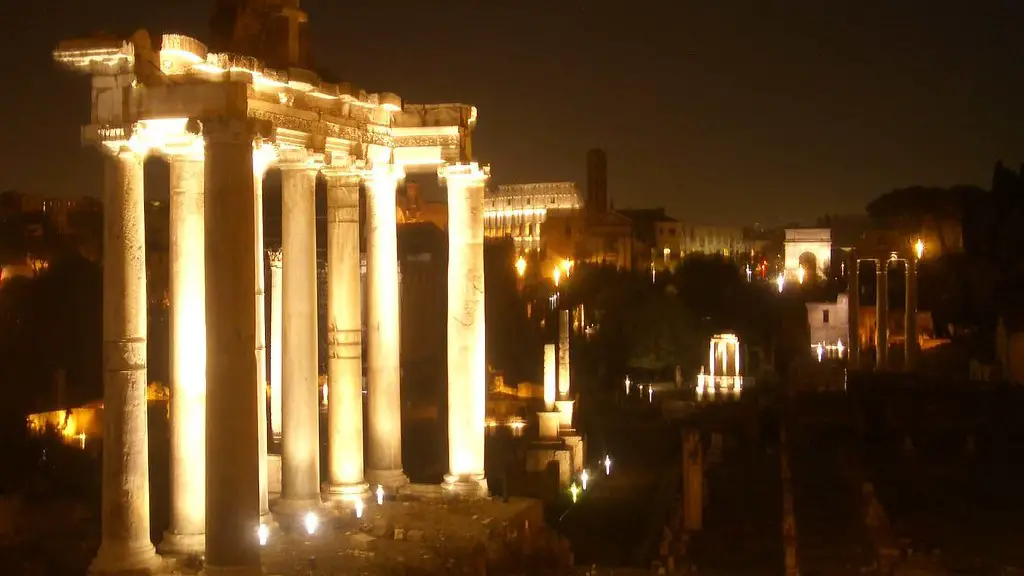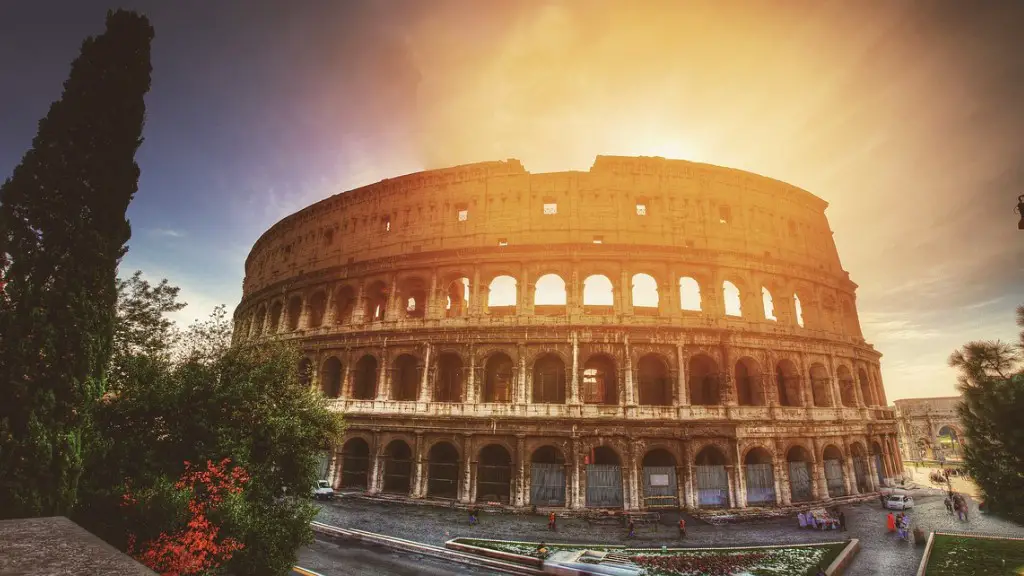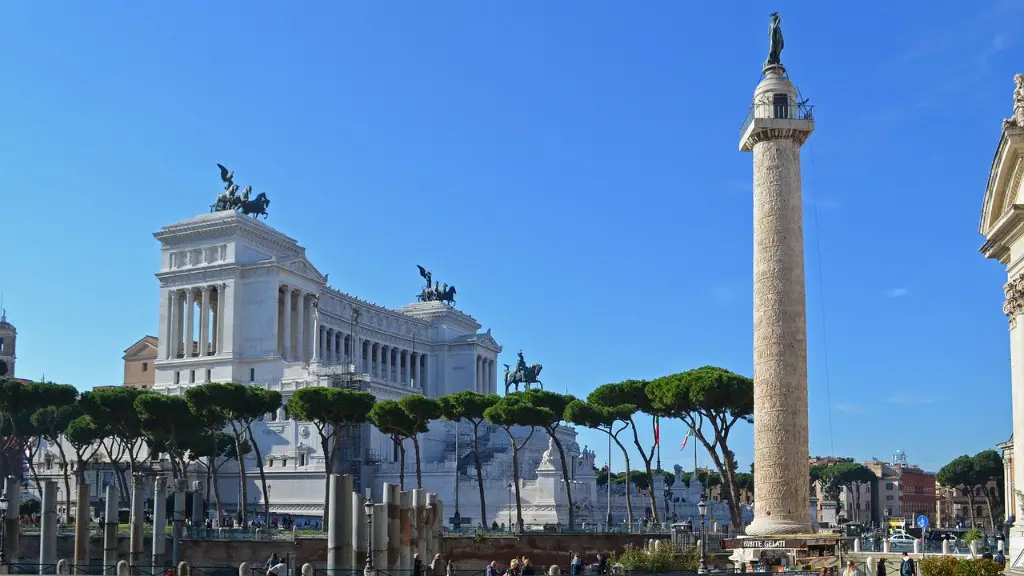Education System in Ancient Rome
The education system in Ancient Rome was based on the principles of the Greek philosophy. Roman education focused mainly on the study of Latin and Greek classics and the development of moral character. Education was mainly provided by private tutors and depended on the social class and wealth of families, which provided significant disparities in access to education and resources.
Roman parents taught their children the main values of life, such as respect for the gods, loyalty to the family, martial virtues and the importance of good character. Boys of the upper classes were taught by private tutors, usually slaves from Greece or from other regions. For those who could not afford tutors, the only access to education were two public schools whose main purpose was to teach Latin and Greek culture and literature. Impoverished children started their instruction at the age of seven, which was characterized by gamification, such as competitions and singing traditional stories set to music.
Another form of education was provided by the teacher’s homes, which were the first schools in Rome. After the Roman Republic, the custodians of public education were the consuls. In addition, there were public libraries and lectures, mainly to discuss political and literary topics. The government initiated a project to open public schools throughout Rome.
From the age of twelve, boys began to study Latin grammar, literature, history, politics, and philosophy. Girls were educated at home by their mothers in practical matters such as sewing, music, and housekeeping. The aim of Roman education was to cultivate a Roman citizen-aristocrat who was able to act with intelligence, skill, and moderation and to appreciate the greatness of Roman culture.
The best students would go on to study at the Higher Schools of Latin grammar and rhetoric (Latin for ‘speaking and writing persuasively’). These institutions used to be headed by men of senatorial rank and conducted seminars in the great public forums of Rome. The best graduates of these schools could gain access to the prestigious world of Roman aristocrats.
Teaching Styles And Techniques
The teaching styles in Ancient Rome used to be based on questioning and answering. This means that the teacher used to ask students questions and expected them to answer by giving their opinion or by commenting on the topic being taught. The main advantage of this teaching style is that it encourages students to think for themselves and to use their own wisdom and intuition to answer questions. As such, this technique was used to develop logical and critical thinking skills in the Roman students.
In addition, Roman teaching techniques used to be quite interactive and less formal than other classical teaching styles. The teachers used to engage students in discussion and debates in order to teach them how to think critically and debate their points of view. This kind of teaching also helped develop student’s social skills as they had to interact with their peers. Overall, this kind of teaching style was a lot more interactive than other classical teaching methods and helped develop the students’ intelligence and knowledge.
Other teaching techniques used by the Romans included the use of concrete objects to illustrate abstract concepts. This, like the use of questioning and answering, was meant to encourage students to think logically and to understand concepts by relating them to physical objects. This technique was known as the “visual aid” method and was used to help students understand complex ideas.
The Romans also used to employ mnemonic techniques to help students remember facts and figures. This included the use of acronyms or abbreviations to refer to information as well as the use of visual aids such as diagrams to demonstrate relationships between concepts. These techniques were popular in Ancient Rome and were effective in helping students remember information and develop their understanding of the material taught.
Educational Facilities
Ancient Roman education was mostly conducted in private homes and private schools. The public schools provided basic education for children of all social classes, but classes were conducted in small groups, making it difficult for a large number of children to be educated together. For children of higher social classes, educational facilities were much more luxurious and well-equipped. The teachers were appointed by the emperor, and the school buildings were located in large public areas.
Private schools and teachers’ homes were the primary sources of education in Ancient Rome. The schools were funded by the wealthy families, while public schools were funded by the government. The majority of the teaching staff were educated slaves, who supplemented their education by teaching the children of wealthy families in the evenings, after their main activities.
In the larger cities, there were also small schools teaching specific subjects, such as poetry and literature. In addition, the empire provided universities, which were also considered places of learning, and students who were selected as the best in their field had the opportunity to pursue higher education in the schools of excellence founded by the Institute of Roman Studies.
Impact Of Education System
The education system in Ancient Rome had a significant impact in the development of the empire. The main focus on the development of literary and rhetorical skills, as well as ethics and morality, helped the Roman citizens to become more rational, and enabled them to reflect more on their own values and moral standards. The emphasis on teaching Latin and Greek encouraged the citizens to embrace the culture and language of their city and ultimately resulted in the Latin language becoming the language of public administration and power throughout the empire.
In addition, the use of educational facilities helped in the spread of knowledge across different cities and regions. The presence of public libraries, private schools and universities enabled people to easily access different kinds of information and knowledge. This, in turn, had a profound impact in the development of the culture and social relationships in Ancient Rome.
Finally, the education system of Ancient Rome had a lasting legacy on the modern world. Roman educational principles were adopted by other civilizations and were used as the foundation for the development of educational practices in Europe and beyond. The Latin language and literature, as well as literature, mythology, philosophy and rhetoric, were also studied in later civilizations. As such, the education system of Ancient Rome still influences educational practices around the world.
Evaluation Of The Education System
The overall evaluation of the education system in Ancient Rome is mixed. On one hand, its focus on literacy and moral standards was beneficial in terms of developing the city’s culture and spreading knowledge across the empire. However, the educational disparities between different social classes, as well as the lack of access to resources and teachers in poorer parts of the city, created significant culture and wealth divides between the citizens of Ancient Rome. As such, this system has been criticized for its inequality and lack of access to educational resources.
The most positive aspect of the Roman education system was its emphasis on written and verbal communication and its development of the Latin language. It was also the first education system to specialize in the development of rhetoric, which is the art of using persuasive language. This legacy has had a significant impact in the modern world, as many people still use the language, literature and philosophy of Ancient Rome as educational tools.
Overall, the education system in Ancient Rome was beneficial as far as illiteracy and access to literature were concerned. However, its focus on creating a single culture and social order was criticized for its lack of inclusivity and its responsibility in perpetuating the inequality between citizens of different social classes. As a result, it cannot be said that the system was perfect, but it certainly had a lasting influence on European and world education.
Legacy Of The Education System
The education system of Ancient Rome left a long-lasting legacy on world education. Its focus on literacy, rhetoric and moral instruction was adopted by many civilizations and had a significant influence in the development of educational systems throughout Europe and beyond. Roman education was groundbreaking and it provided the basis for the development of literature, philosophy and popular culture of modern Europe.
The Latin language, which was at the center of Roman education, is still important today. Latin is still spoken in parts of Europe and it is used in many official writings in English and other European languages. Its influence can also be seen in many of the idioms and expressions used in Europe and in other parts of the world.
Overall, the Roman education system left a significant legacy on the modern education system. Its emphasis on literacy, rhetoric, moral instruction and development of the Latin language and literature are still relevant and are still fundamental elements of modern education systems. As such, the legacy of the Roman education system can still be seen in many aspects of the modern world.





